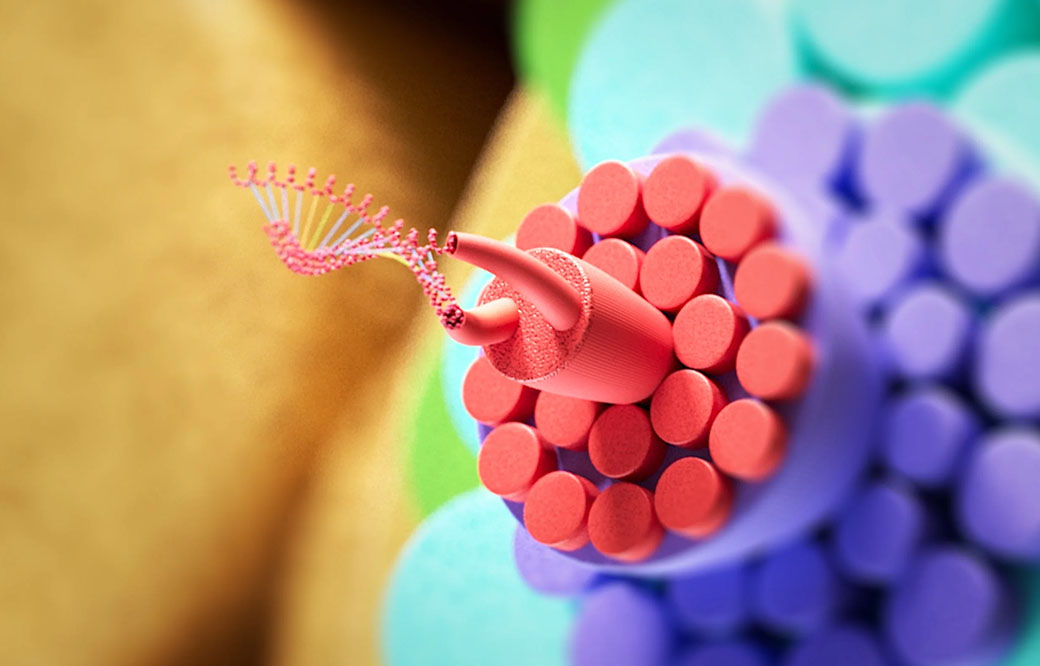
Why most hair repair products don’t work as you expect and what really matters when fixing hair? We’ll reveal the secret to healthy hair.
Hair damage — a term we hear every day. We know the causes, but only vaguely understand what it actually means for the hair. We’ll clear that up for you. We’ll peek briefly into chemistry and physics class, but don’t worry, it will be worth it. Once you understand hair structure, you’ll know which repairing products really work and which just end up standing uselessly in your bathroom.

Bonds Are the Key
We all want strong, elastic, shiny, and simply healthy hair. Both in look and feel. This is achieved only if the hair is made of intact bonds. However, these bonds inside the hair are constantly being created, broken, and reformed, whether due to chemical treatments, styling, heat exposure, UV radiation, or contact with water. And so often instead of the dream dazzling mane, we struggle with dull, dry, and damaged hair.
How (Not) Typical Repair Products Work
The solution seems obvious — damaged hair needs repair products. But maybe it happened to you that even after several weeks or months your hair didn’t “get back in shape.” Why? The problem lies in the principle of typical repair products. Specifically, the bonds they try to mend. Three types of bonds play a crucial role in hair:
Hydrogen Bonds
Hydrogen bonds are the weakest of all and affect hair shape, which you can often notice when hair comes into contact with water or humidity. These bonds break, change, and reform during that process.
Ionic Bonds
Somewhat stronger are ionic bonds, which break due to high pH levels (for example, during chemical processes).
Covalent Bonds
The strongest are covalent bonds. There are several kinds, but the most important for hair are disulfide bonds that connect chains across the hair width, and peptide bonds that ensure strength and elasticity along its length. You can imagine them like a ladder, where disulfide bonds form the horizontal rungs and peptide bonds form the sides.

Why Are We Telling You This?
Although all bond types are important for hair health, peptide bonds play the most crucial role in the overall hair structure. And this brings us to the main problem with many repair products. They often focus only on one bond type, mainly disulfide bonds, addressing damage only across the hair width. But if you recall the ladder analogy, that alone isn’t enough for its strength. True repair requires a comprehensive approach.
Hair Repair with K18
You need to penetrate deeply, connect multiple bond types, and address damage in both the width and length of the hair. This is what the patented K18PEPTIDE™ can do. While typical products act more like a bandage on a deep wound and provide only temporary solutions, this patented peptide goes to the core of the problem. It’s no coincidence that a group of scientists developed it for 10 years. At the same time, the peptide is biomimetic, meaning it mimics the true biology of hair and delivers lasting results. And it only takes 4 minutes! Try K18 care and see for yourself.
What does it all mean? That K18 doesn’t aim to be trendy, but to be better. And for that alone, it deserves your attention.
